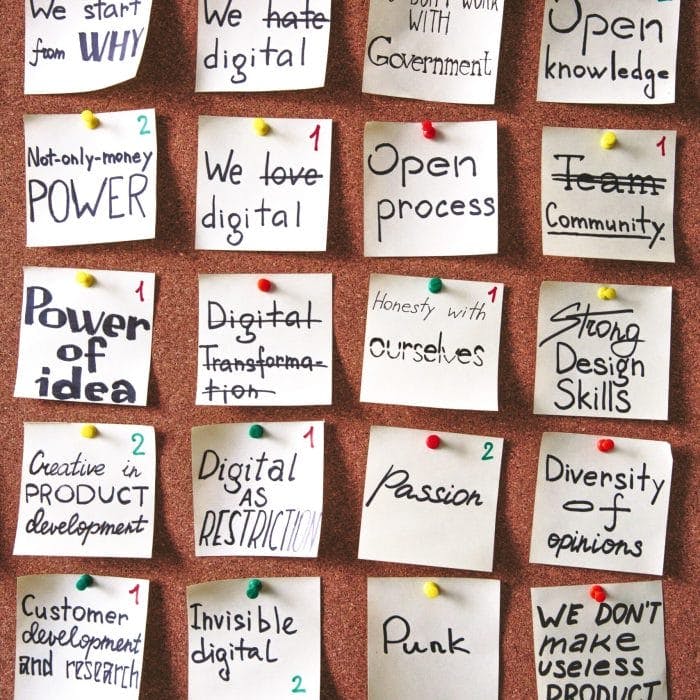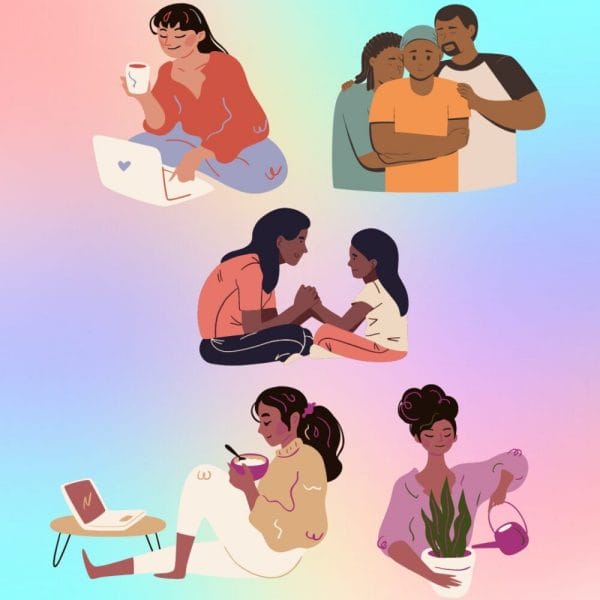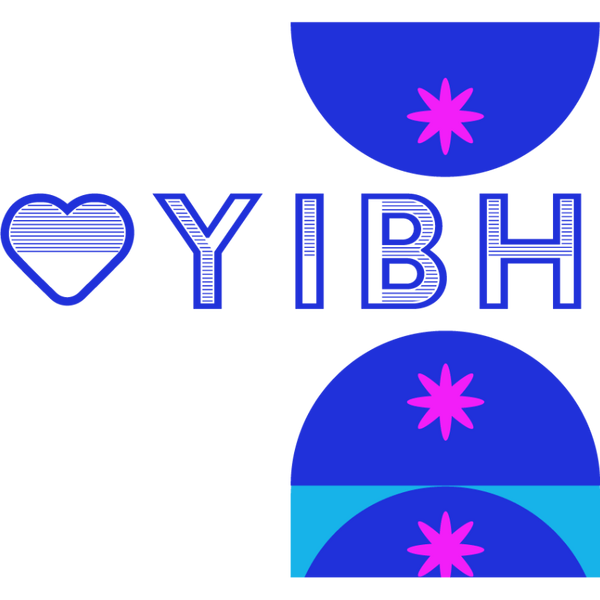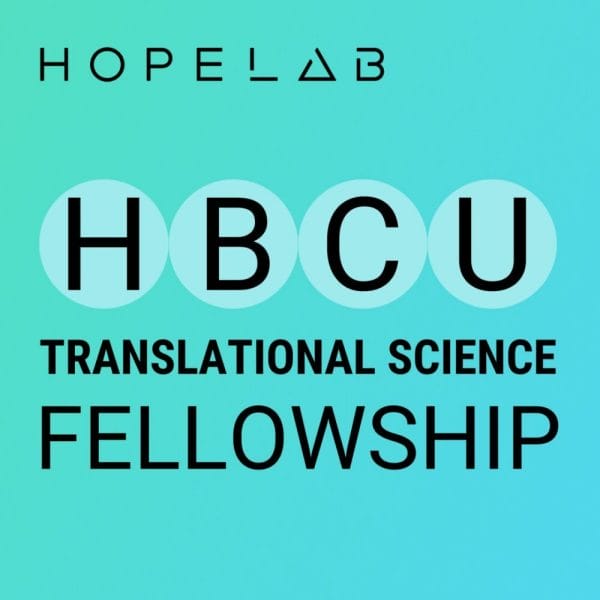Fusing.
It’s an action verb. If there is one thing I’ve learned in my time at Hopelab it’s that the essential elements of innovation are never fused, but instead are in a perpetual state of fusing—coming undone in certain places, while other places are bonded. Look away, and that too comes undone while you focus on fusing yet other places.
It’s a lot of work. And it is, without a doubt, worth it.
In my pre-Hopelab life, I had harbored a long-time crush on the organization. Its signature work, Re-Mission, was the first video game ever created by bringing together behavioral scientists, pediatric oncologists, game designers, kids with cancer, their families, and their support systems. This fusion produced something incredible—a genre-defining game shown in clinical trials to measurably improve health behavior. There was no pre-existing roadmap for bridging these disciplines, just a vision for the good that could result.
From the outside, it seemed like a perfect love story; science and design together making a difference. But that is the way we often tell stories. My own past work is presented in what I think of as the beautiful tense—the idyllic narrative of a process completed, and a goal achieved. Even the faults and failures have the gloss of romance years after the true messiness. I was curious and wondered what it would be like to work in a place where science and design are woven together with elegance.
While design at Hopelab was celebrated, it was achieved through partnership with outside design firms and talent, which masked the complexity of the science/design relationship. So, in 2017, when we launched an internal design function to match Hopelab’s exquisite science function, I believed this fusion would come naturally, and then we could get on with creating many more great products with ease, intelligence, and heart.
The intelligence and heart did burst through, the “with ease” did not. And while initially frustration set in—“why oh why could they not figure out how to work together?”—what replaced the frustration was a deep appreciation of the action verb, fusing. The fusing of science and design is where the action coalesce. While we get better and better at the fusing, I no longer want to see them actually fuse. If they did, their contributions as unique lenses would be lost, and instead, something watered down would emerge.
The beauty of fusing is that it has to be chosen, every day, over and over again. It has to be powered equally by the value of one’s own approach and the value of active collaboration. So I celebrate, dare I say cultivate, a place where different approaches intersect, where collaborators work with curiosity together, where the desire for ease is replaced by a love for something more dynamic. Yes, it takes work to translate the language of a discipline so that a “not us” can “get it,” and it’s work we’re privileged to do.
Learn more about Hopelab’s approach to innovation.




